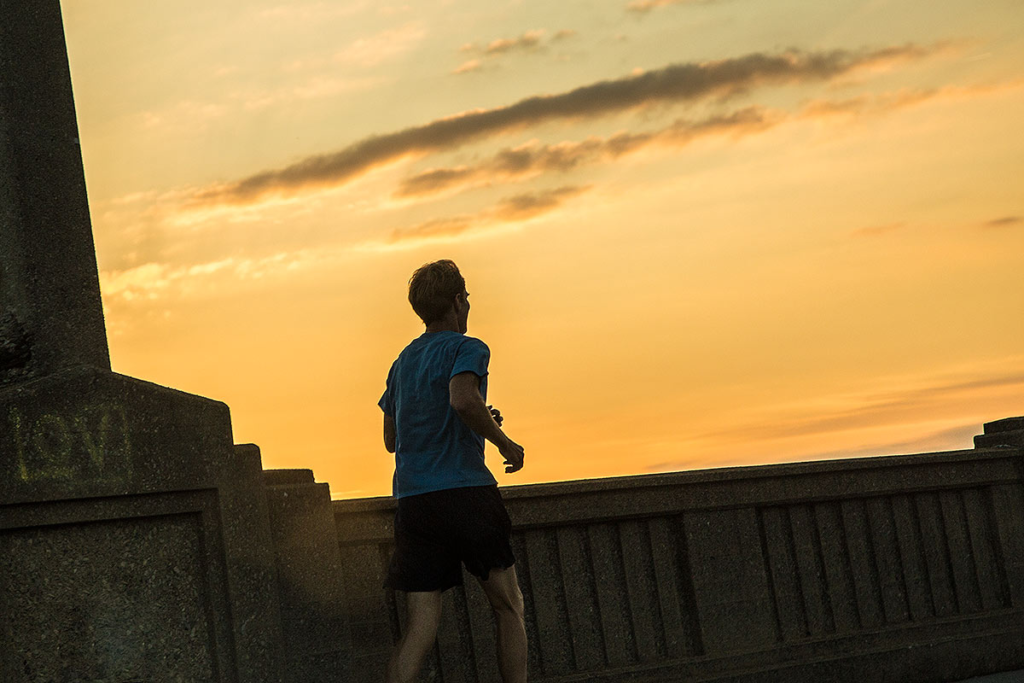Being a Better Photographer in Raleigh
Photographers who shoot in natural lighting have less control over the effects this light has on their subjects. What you can control, however, is what time of day you choose to shoot and how to effectively use the light available to you. Because of this, it is extra important to understand how different times of day can alter the mood and light quality. Choosing lighting can often be the most important thing to consider when taking photographs.
Using different types of light or combinations of different lighting can create different effects. The most common types of lighting are direct light, diffused light, or bounced light. Throughout the day, the sunlight creates different combinations of these three components, resulting in a change of white balance. For instance, midday will produce a neutral white balance, while the evening will have a very warm and golden color cast.
Midday Sunlight
The lighting during midday consists mostly of direct sunlight. Because of this, lighting in photographs usually results in harsh light, lots of contrast, and less color saturation. Even though this lighting can often be undesirable for certain types of photography, there are still many interesting subjects to try taking pictures of. For instance, water is clearest at this time of day because the direct light brightens the water. Black and White photography is also popular around midday because the direct light causes lots of high contrast. If harsh light is especially problematic, polarizing filters can be great for managing contrast. Another great way to manage problematic lighting is to use a window. Windows effectively filter the sunlight and create a soft lighting which is great for portraits.
Evening and Mid-Morning
Evening and mid-morning light is not as harsh as midday and has a warmer color cast. Shadows start becoming noticeable at this time of day and make subjects look more three-dimensional. This type of light is a great middle-ground between midday and the golden hour, making it ideal for all types of photography. However, you also have to be careful when shooting at this time of day. The risk here is creating photographs that are too ordinary. When working in this lighting, try to create photos that are more unique and stand out.
Golden Hour – Sunrise and Sunset
The golden hour is considered the best time for photography when using natural light. An hour before sunset and after sunrise, the light magically transforms a scene, flooding it with a golden hue. Likewise, sunset and sunrise is a beautiful and very unique time of day to take photos. When taking photos at these times of day, be sure to check that your camera is accurately capturing the light in the scene. Sometimes the auto white balance will mess with the color saturation in a photo. Sunsets and sunrises are particularly interesting because the weather and clouds will affect the scene in different ways, always creating a unique image.

Twilight, Dawn, and Dusk
Twilight, dawn, and dusk are the half-hour time slots before sunrise and after sunset. During this time, the light is no longer vivid or very bright but softly illuminates a scene. These times of day also produce a multicolored sky, with one side of the sky appearing warm and the other side appearing cool. This combining of colors creates a soft appearance for subjects and even a calm atmosphere. Tripods are almost always necessary when shooting at this time of day because of the drastic decrease in light.
These times of day all produce different effects on their subjects and can each create a unique atmosphere. Knowing how to predict these differences and effectively use them will help you improve your naturally lit photos.


